








MIDWEEK UPDATE 23 NOVEMBER 2016THIS WEEK IN MIDWEEK UPDATE Notice Board…….Plan Your Weekend……..Forthcoming Events Aviation News………. Worldwide Incidents and Accidents This Week in Aviation History………Advertising Rate Card  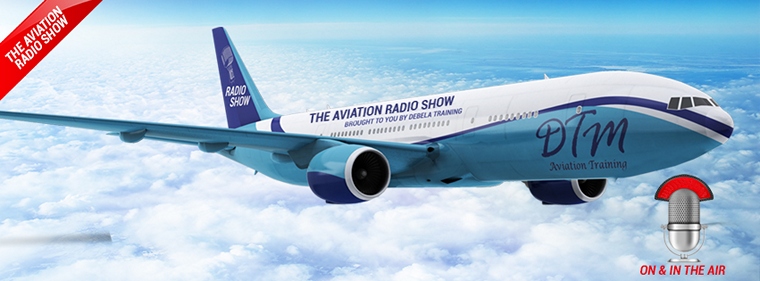 The Aviation Show Podcast now on Pilot's Post This week's Topic: Finding Your Passion in Aviation. For a recording of the life broadcast go to: www.debela.co.za/aviation-radio-show  We are not aware of any events taking place this weekend.  3: SAAF Museum flying training and open days. E-mail: webmaster@saafmuseum.org 3-4: SAC ACE of Base Vereeniging airfield. Contact Annie Boon e-mail: chunge@mweb.co.za 7: EAA Chapter 322 monthly meeting, Dickie Fritz Moth Hall Edenvale. Contact editor@afskies.co.za 7: International Civil Aviation Day (ICAD). Contact Mark Swarts e-mail: swartsm@caa.co.za Cell: 082 878 0875 12: Crete 2 Cape - Vintage Air Rally. Baragwanath 11:00 Arrive direct from Botswana. 13: Blue Mountain Valley Airport. 14: Parys Airfield 07:00 - 9:00. 14: Bloemfontein 10:00 - 12:30. 14: Gariep Dam. 15: Plettenberg Bay Airfield. 16: Stellenbosch Airfield 11:00 Grand Air Arrival. Sam Rutherford. sam@prepare2go.com 28: All welcome to our annual St Francis Field fly in at FACT. Free breakfast snack and coffee for all visiting pilots arriving by air.On line or SMA Wx available. Contact Barry Culligan for details on 083 611 3333 or get info from the pilots section of our website 21 - 22: SAC Judges' Trophy Tzaneen. Contact Annie Boon e-mail: chunge@mweb.co.za 28: Rand Airport Challenge. Rand Airport. Contact Frank Eckard e-mail: frank.eckard@mweb.co.za cell: 083 269 1516  WORLD FORMATION AEROBATIC CHALLENGE 2017 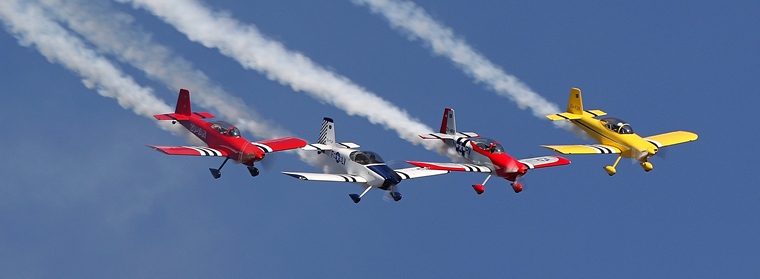 Photo © Willie Bodenstein China will host the inaugural 2017 World Formation Aerobatic Challenge to be held from the 1st - 3rd May 2017 in Zhengzhou. Amongst the teams that have been invited is the Raptors RV formation team of South Africa. The event is a Fédération Aéronautique Internationale (FAI) competition, sanctioned through their aerobatic commission CIVA, who will provide Judges and other key officials. By way of invitation, teams from across the globe will be judged in 'Classic' and 'Signature' disciplines, in order to gain the title of Formation Aerobatic Champions 2017. Bringing together the elite in any competition sport, will always produce highly competitive and motivated individuals. Formation aerobatics demands high levels of concentration, precise timing, accuracy and a presentation second to none. This event will showcase some of the finest aerobatic pilots in the world today and brought together under competition rules, you can expect to see some of the most exhilarating and dynamic formation flying.  Photo © Sukhoi Today the Sukhoi Company handed over the third batch of Su-34 frontline bombers to the Ministry of Defense of the Russian Federation according to the 2016 State Defense Order. Those bombers were received by the military representatives on October 21 in the framework of the Joint Acceptance Day of the military production. The aircraft took off from the V.P.Chkalov Novosibirsk Aircraft Plant's airfield and headed to the place of their deployment. At the present time the aircraft plant operates with maximum efficiency. The State Contract with the Ministry of Defence of the Russian Federation for supplies of the Su-34s to the Russian Air and Space Forces up to the year 2020 guarantees a stable work load of the plant for the coming years and identifies its long-term development prospects. Currently, Su-34s operate successfully in the military and demonstrate high performance. CAF RED TAIL SQUADRON LAUNCHES A NEW WEBSITE  Photo © CAF The site has been redesigned and filled with even more content to ensure visitors can easily access fully vetted, in-depth and inspirational material. The website also features the Squadron's outreach program, RISE ABOVE: Red Tail, which includes the P-51C Mustang Tuskegee Airmen and RISE ABOVE Traveling Exhibit mobile movie theatre that tour the country to educate people about the history and legacy of the Tuskegee Airmen. “I'm excited about the CAF Red Tail Squadron's new website, especially because of its focus on accurate historical information,” said Dr. Harold Brown, an original Tuskegee Airman. “As a former college faculty member and Vice President, I am keenly aware of how critical it is to pass meaningful history on from one generation to the next. Bravo to the CAF Red Tail Squadron's commitment to education!” People that visit redtail.org will also find out how the Tuskegee Airmen inspire people of all ages to rise above their own obstacles and achieve success. Students, educators, journalists, and anyone looking to learn about these remarkable Americans, is invited to visit the site for their personal or educational efforts. Additional resources will be added over the next several months that will further the site's offerings. 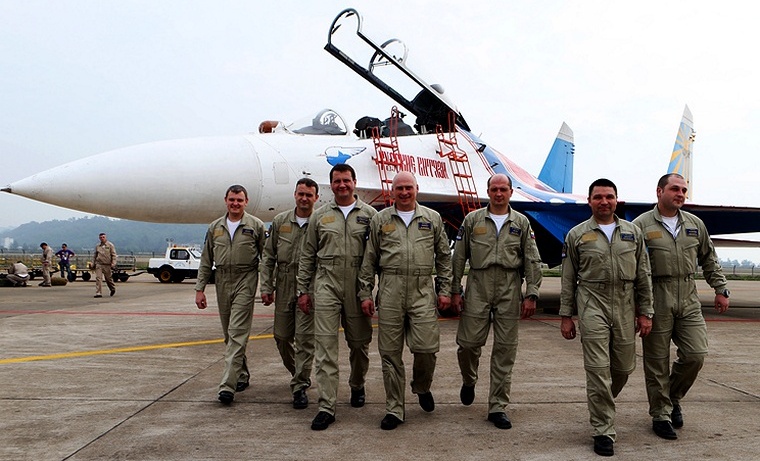 Photo © Marina Lystseva/TASS "The flight personnel have currently started their flight to the Island of Kish where the air show will be held. During the re-deployment, two intermediate landings are planned," the Russian Defence Ministry said. At the air show, the Russian pilots will demonstrate aerobatic manoeuvres aboard four Sukhoi Su-27 planes, as well as paired and solo flying. The Russian crews will perform each day during the entire air show in Iran that will be held on November 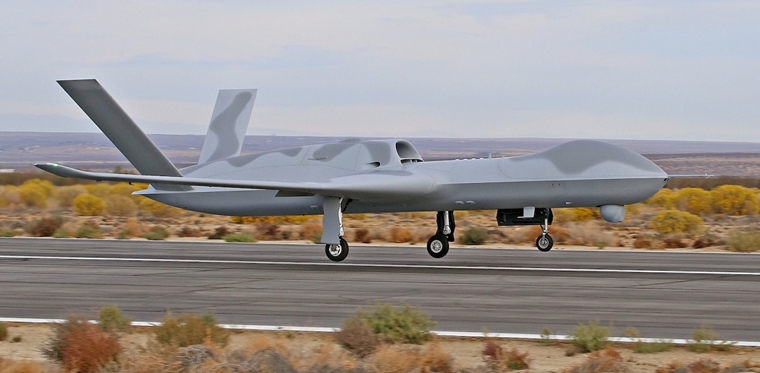 Photo © GA-ASI General Atomics Aeronautical Systems, Inc. (GA-ASI), a leading manufacturer of Remotely Piloted Aircraft (RPA) systems, radars, and electro-optic and related mission systems solutions, announced the successful first flight of its new Avenger® Extended Range (ER) aircraft, an extended range version of its multi-mission jet-powered Predator® C Avenger which has accumulated over 13,000 flight hours to date. The flight occurred on October 27th at the company's Gray Butte Flight Operations Facility in Palmdale, Calif. "The first flight of Avenger ER is a significant achievement in the evolution of Predator C's proven performance and multi-mission capability," said Linden Blue, CEO, GA-ASI. "The increased endurance and high payload capacity will deliver tremendous capability to our customers, who need persistent situational awareness and strike mission affordability." With an increased wingspan of 76 feet and 2,200 pounds of additional fuel, Avenger ER extends the legacy Avenger's already impressive endurance from 15 hours to 20 hours. The RPA provides an optimal balance of long loiter Intelligence, Surveillance, and Reconnaissance (ISR) and precision-strike capability, supporting a wide array of sensors and weapons payloads to perform ISR and ground support missions. Like the legacy Avenger, Avenger ER features avionics based upon the combat-proven Predator B/MQ-9 Reaper®, has a 44-foot long fuselage, 3,000-pound payload bay, and is capable of flying at over 400 KTAS. Avenger ER, along with its predecessor, is designed to carry payloads such as the all-weather GA-ASI Lynx® Multi-mode Radar, the MS-177 Electro-optical/Infrared (EO/IR) sensor, and the 2,000-pound Joint Direct Attack Munition (JDAM). GA-ASI developed Avenger on Internal Research and Development (IRAD) funds with the intent of making a RPA that has a quick-response, armed reconnaissance capability. First flown in April 2009, the aircraft's fuselage was extended by four feet in 2012 to accommodate larger payloads and fuel. Avenger received a FAA-issued Experimental Certificate (EC) in 2016, enabling it to operate in the U.S. National Airspace System (NAS). While pattern flights are routine for conventional fixed wing aircraft and rotorcraft, it is a significant milestone in the evolution of an entirely new family of Urban's proprietary technology aircraft known as Fancraft™. Unlike other (manned and unmanned) aircraft, the Cormorant's autopilot relies primarily on inertial and ground reference, which is more complex than flying through open, unobstructed airspace. This industry-first event begins to demonstrate the Cormorant's capability to operate close to the ground and inside obstructed terrain, in environments previously inaccessible to existing aircraft (having similar payload). 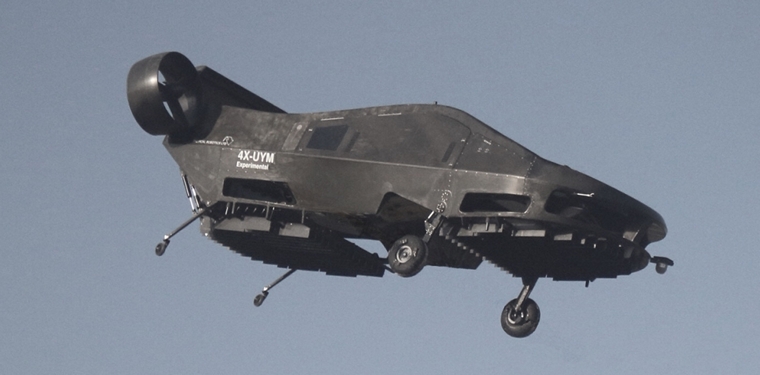 Photo © Urban Aeronautics Urban Aeronautics founder and industry-recognized entrepreneur Rafi Yoeli commented, “this flight paves the way forward for the immediate evolution of Cormorant from prototype to near-term production and ultimately commercialization of this ground-breaking technology - for broad applications and markets. This is the most exciting time in the Company's history and we look forward to accelerating our progress now that the technology is fully proven.” Building on the success of this first pattern flight, upcoming flights will test ongoing development to improve the smoothness of transitions through the various flight modes (take off, climb, acceleration, cruise, deceleration, descent, turns, hover and touchdown), in addition to increasing speed and manoeuvrability. 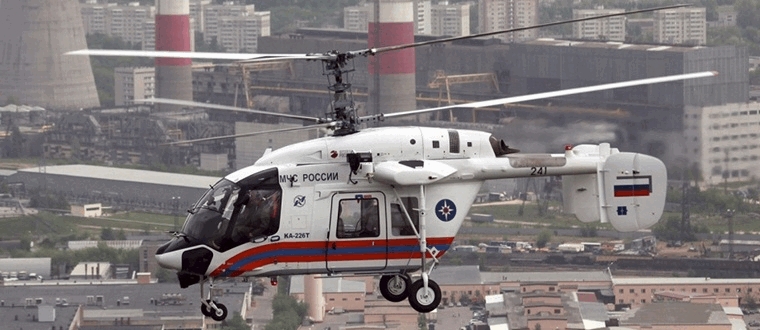 Ka-226T. Photos © Russian Helicopters Russian Helicopters, part of State Corporation Rostec, will feature a range of medium-sized and light multirole helicopters at the 8th International Airshow, November 16-19 on Kish Island, Iran. Visitors can view a Mi-171A2, an Ansat and a Ka-226T in the passenger mode at the Russian Helicopters' booth. Russian Helicopters will show a wide range of multirole civilian rotorcraft with goals to increase demand in Iran and from other customers in the Middle East. 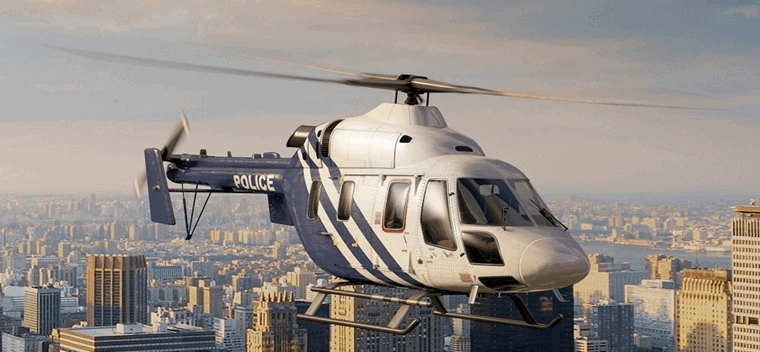 Ansat "Russian helicopters have proved to be irreplaceable in carrying out a wide range of tasks, trouble-free, in high altitudes, in a wide temperature range, and through ability to successfully land on unprepared sites. I hope that Iran, which already operates Russian-made helicopters, will expand its fleet and increase supplies, "- said Russian Helicopters Deputy CEO for Business Development Alexander Shcherbinin. The Ansat, a light twin-engine multirole helicopter designed for 7-9 people, has just received its first overseas customer. In December 2014, an Ansat with hydromechanical control system (GMSU) was approved for operation, which allowed for it to carry passengers. In May 2015, a medevac Ansat was approved for flying as well. In December 2015, a VIP version of the helicopter was certified. In June 2016, Ansat's take-off weight was raised to 3,600 kg. 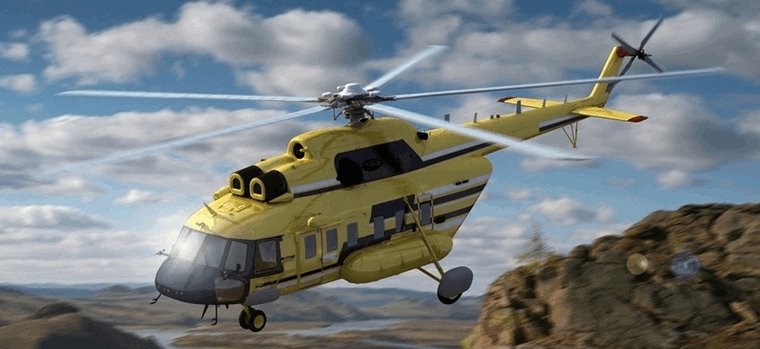 Mi-171A2 The medium multirole Mi-171A2 will also be shown at the Russian Helicopters' booth. It is designed by utilizing best modern aviation technology and meets all core safety requirements and environmental standards. Its modern avionics allows to operate it around the clock and in adverse weather conditions, and it can fly over water. The Ka-226T is another new model that Russian Helicopters are taking to Iran. The Ka-226T is a light helicopter based on the coaxial rotor system and is ideal for the Middle East. The helicopter can fly in hot desert terrain with frequent sandstorms, as through gusty winds. It is designed for complex tasks in dense urban areas as well. Ka-226T's advantages are the ability to land on small pads, high maneuverability and rapid rate of climb.  UK, Liverpool: A Airbus A319 jet taking off at Liverpool airport narrowly avoided a collision with a drone that came within 5 metres (16ft) of the aircraft's wingtip. The pilot spotted the large, black and yellow drone immediately after the Airbus A319 took off, but it was so close there was nothing he could do to avoid it, he told a UK Airprox Board review, which found that "chance had played a major part" in avoiding a collision. It was one of four near misses in a month between drones and commercial passenger airlines recorded by the UK Airprox Board. Syria: A carrier-based MiG-29K suffered an air accident due to a malfunction on landing approach several kilometres away from the Admiral Kuznetsov aircraft-carrying cruiser. The pilot ejected safely. USA, Nevada: A Piper PA-31T Cheyenne II air-ambulance taking a heart-disease patient to a Utah hospital crashed in a parking lot in northern Nevada, killing all four people aboard and sending up explosions and flames. The twin-engine PA-31T apparently experienced mechanical problems as it was climbing after taking off on a flight for Salt Lake City, then lost altitude and crashed.  23 NOVEMBER 1959 First flight of the Boeing 720  United Air Lines Boeing 720. Photo wikimedia.org Cockpit view from an original style Boeing 720. Photo commons.wikimedia.org 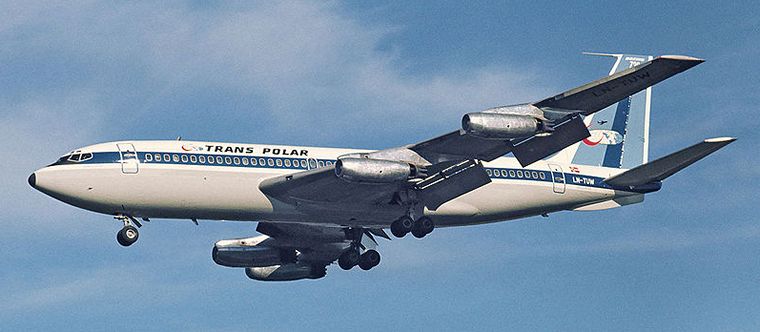 A Trans Polar 720. Photo GNU Free Documentation License  For a free no obligations quote email sales@pilotspost.com  |
                   |
 |
 |

Copyright © Pilot's Post PTY Ltd
The information, views and opinions by the authors contributing to Pilot's Post are not necessarily those of the editor or other writers at Pilot's Post.